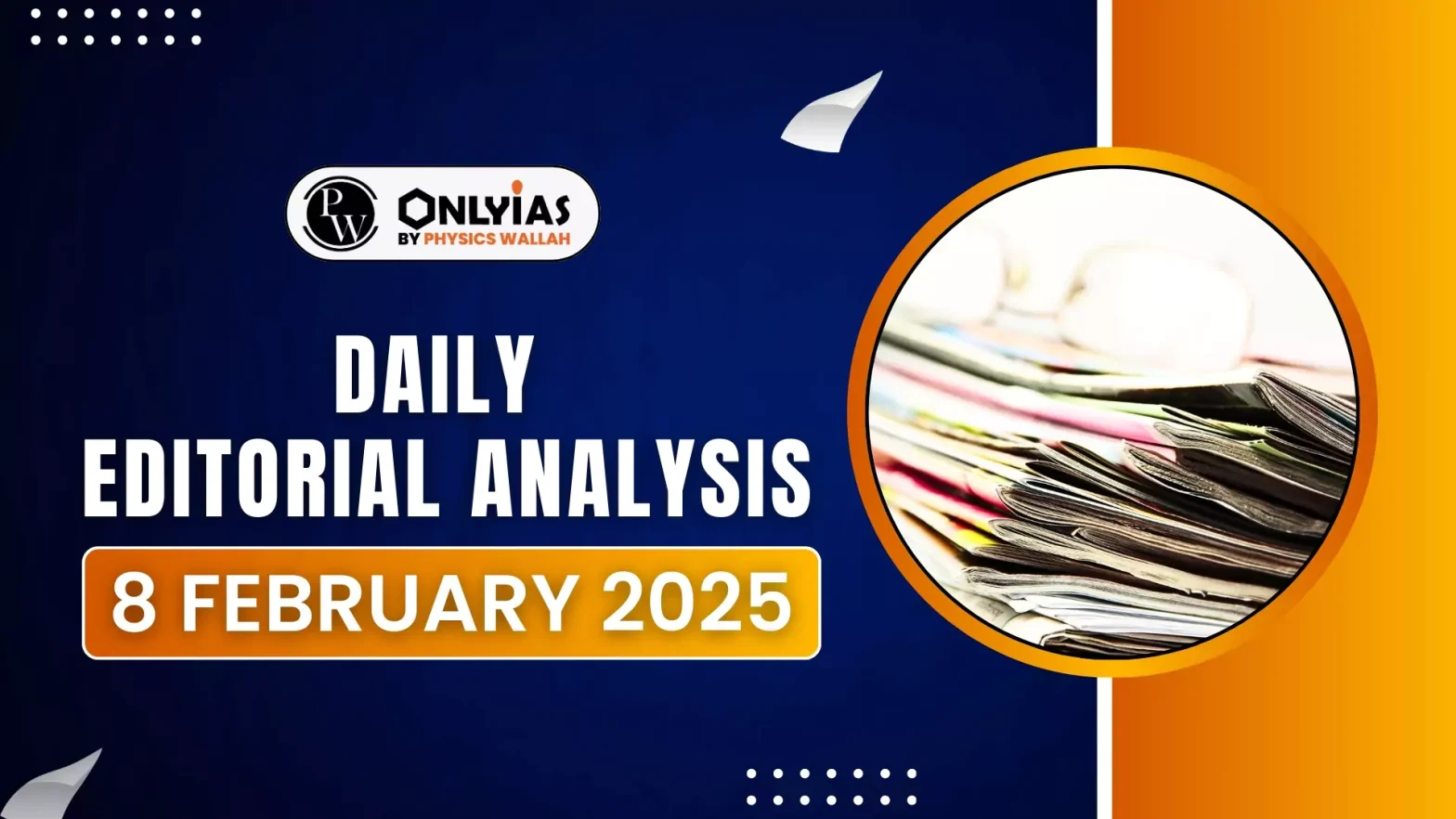India has seen significant growth in digital access, especially in rural areas, driven by smartphones and technology. However, while technology promises to revolutionize education, challenges persist.
Evolution of Digital Education in Rural India
- Education Revolution in the 1990s and 2000s: In the 1990s and early 2000s, India witnessed a surge in educational activities, with a strong push for increasing school enrolment and improving infrastructure.
- Contradictory Picture: However, the Annual Status of Education Report (ASER) surveys during this time revealed that while more children were attending school, learning outcomes did not significantly improve.
- Onset of Digital Technologies: At the same time, digital technologies like computers and mobile phones began to gain popularity, creating an atmosphere filled with possibilities for digital solutions in education and business.
Enroll now for UPSC Online Course
ASER Survey
- It is an annual citizen-led survey that provides reliable estimates of children’s schooling and learning levels in rural India.
- Conducted By: The ASER survey is coordinated by ASER Centre and facilitated by the NGO Pratham network.
Fig: 14th Annual Status of Education Report (ASER) released by the Pratham Foundation, a non-governmental organisation, on in January 2025 |
COVID-19, Digital Learning and Mothers
- 2018: Nearly 90% of rural households had basic mobile phones, and 36% had smartphones.
- 2022: The proportion of households with smartphones rose to over 74%,
- 2024: This number increased further to 84%.
- Role of Smartphones in Education: The pandemic highlighted the role of smartphones as tools for education, primarily used to distribute texts, worksheets, and videos that replaced traditional textbooks.
- Virtual training sessions also became more common, enabling students and educators to adapt to remote learning.
- Smartphones With Mothers: However, the ASER data does not provide clear insights into whether mothers of young children own smartphones, which is important for supporting their children’s education and learning.
- Importance: Mothers with access to smartphones could play a vital role in guiding their children’s educational progress.
- Mother’s Education: In India, over 40% of mothers of schoolchildren have either not attended school or completed only up to class five.
- Another 40% have completed schooling between class six and class 10, and only a small portion have completed class 10 or higher.
Smartphone ownership in rural households has steadily increased, and a significant shift is noted in the number of children with access to smartphones:
- 2018: About 19% of children aged 14 to 16 owned a smartphone.
- 2022-2024: The figure jumped to around 31% within a year, reflecting the growing accessibility of smartphones to young people.
|
Cycle of Technological Hope and Education
- Revolutions: India has seen the rise of several technological revolutions—computers, the internet, mobile phones, and now AI.
- Question of Affordability: Each wave has brought new hope for revolutionizing education, particularly for the underprivileged.
- However, the promise of these technologies has not yet fully materialized for this group. A major obstacle has been the availability of affordable devices.
Check Out UPSC Modules From PW Store
Conclusion
India needs to develop a comprehensive roadmap to ensure that the benefits of technology are accessible to those who need it the most.
Ready to boost your UPSC 2025 preparation? Join PW’s UPSC online courses today!
![]() 8 Feb 2025
8 Feb 2025

